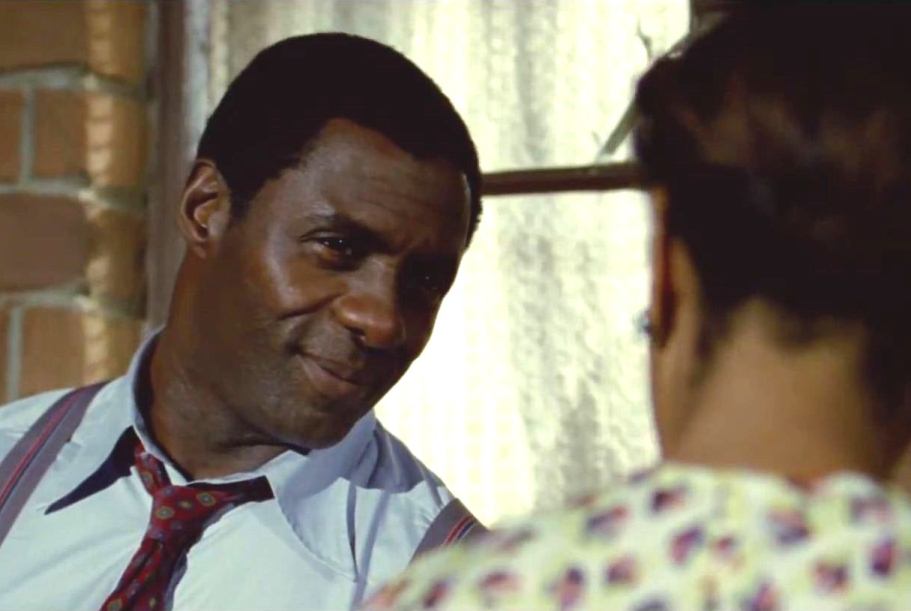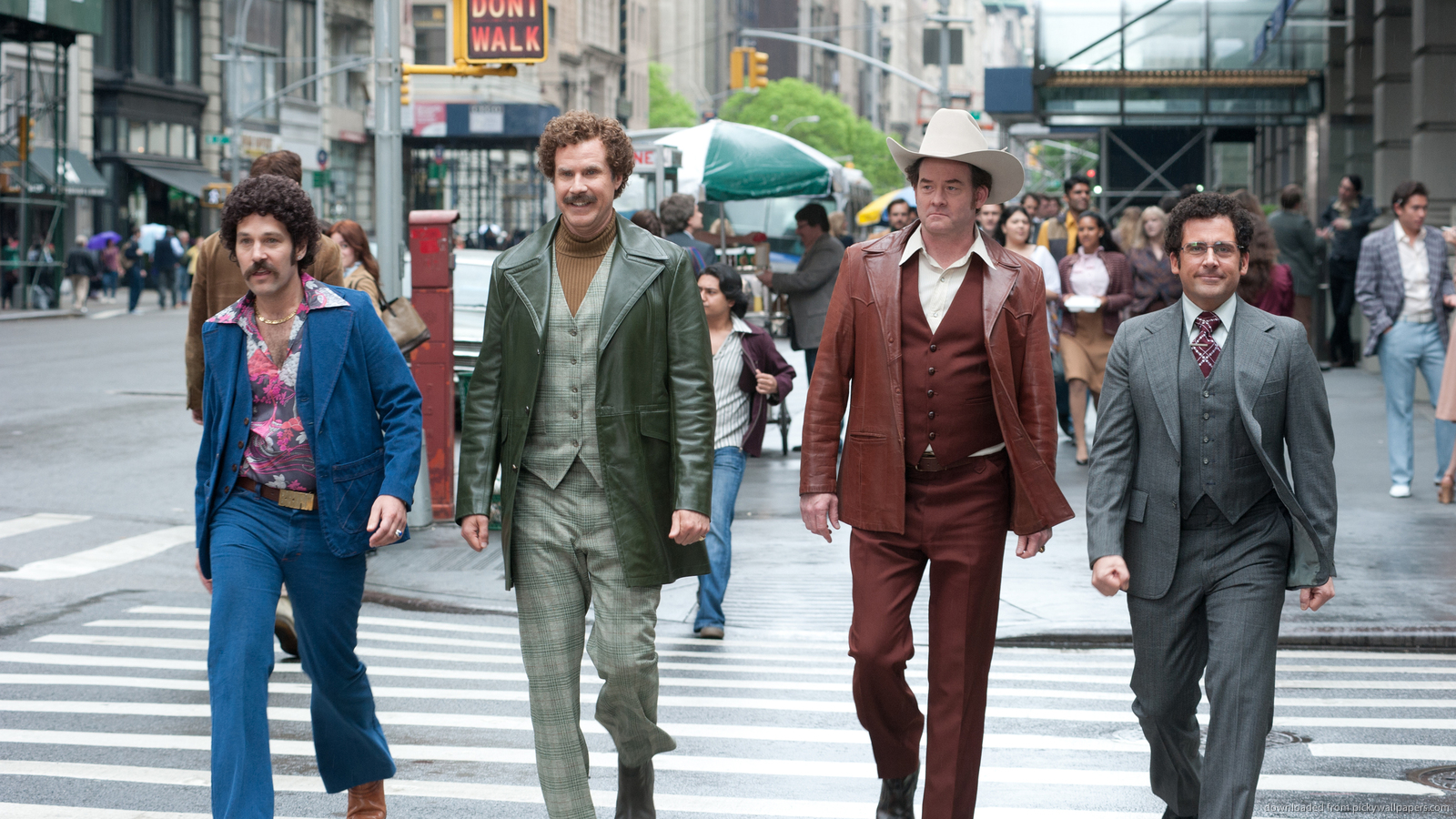MANDELA: LONG WALK TO FREEDOM
 Wednesday, January 15, 2014 at 8:27AM
Wednesday, January 15, 2014 at 8:27AM Stars: Idris Elba, Naomie Harris, Tony Kgorge, Riaad Moosa, Jamie Bartlett, Terry Pheto, Gys de Villiers and Robert Hobbs.
Writer: William Nicholson; based upon an autobiography by Nelson Mandela.
Director: Justin Chadwick.
Rating: 4/5

Justin Chadwick’s biopic of the great man’s life is a well-crafted, largely conventional but no less moving account of an everyman who learnt to deal with the consequences of having greatness thrust upon him.
Chadwick’s background in high-end TV drama serves his latest project well; the airs and graces he attempted with middling success in past big-screen efforts (The Other Boleyn Girl, 2008; The First Grader, 2010; Stolen, 2011) finally find the substance to warrant his style. The UK-born auteur’s command of subtle composition and quietly powerful drama suits Nelson Mandela’s steady climb from idealistic lawyer to iconic freedom fighter.
The ace in this sweeping tale is, of course, Idris Elba in the lead role. Delivering a performance that requires the actor to age from a 30-something firebrand open to the temptations of the flesh above family duties to a noble survivor of cruel imprisonment who would come to represent the hopes of a downtrodden people, Elba delivers fully upon the promise he has exhibited for some time now. Matching his on-screen potency is Naomie Harris as Winnie in a role that has been oddly ignored by the award season predictors; as both the rod that strengthens her husband’s resolve and the burgeoning warrior for her people’s plight, Harris (last seen as Bond’s ballsy offsider in Skyfall) invests wholly in the role.
Chadwick and Elba imbue their Mandela with a richness that honours the living embodiment and a vitality that makes for a compelling screen character. Early scenes that establish him as being at one with his people meld with act two dramatics that see him sacrifice a stable future for the nobility of his beliefs. By the time the stoic, aged activist faces off against the imperilled leaders of a crumbling Apartheid regime, Elba has assumed a gigantic persona and consumes every inch of the widescreen frame.
It is not always an easy task for productions employing the man-vs-myth approach to pull off both aspects with success. Although he accomplished it with skill in Gandhi, Sir Richard Attenborough’s subsequent spins on the lives of Charlie Chaplin, Ernest Hemingway (In Love and War) and Steve Biko (Cry Freedom) are admirable but have not aged well; Spike Lee’s Malcolm X impresses as a cinematic treatment, but seems under-cooked by today’s standards (despite Denzel Washington’s stunning lead performance).
A slightly saggy mid-section means it is not quite the classic biopic treatment that perhaps the late, great man deserved, but Mandela is nevertheless both a stirring tribute and gritty portrayal of a man righting a wrong and influencing a planet in the process.









